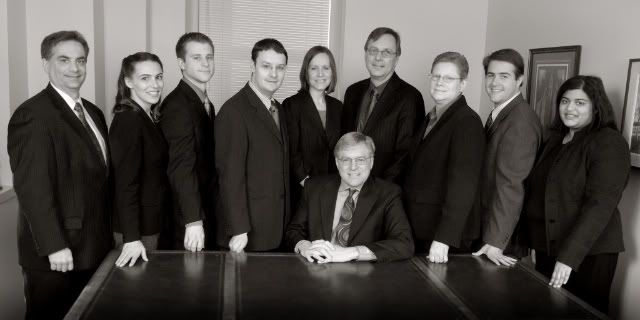In a prior post, I discussed the Supreme Court case Merck v. Reynolds, in which the application of the discovery rule in securities fraud cases was at issue. To recap, the Supreme Court granted cert to decide if the two-year statute of limitations ran from the first possible evidence of fraud as argued by Merck or the discovery of scienter as argued by the plaintiffs.
On April 27, 2010, the Supreme Court handed down its decision and it is a victory for shareholder class actions! The Supreme Court held that the statute of limitations does not run until a plaintiff discovers all of the elements of a claim. The six-judge majority decision, written by Justice Breyer, and a concurrence, written by Justice Scalia, disagree on whether the statute provides for constructive discovery – oddly putting Justice Scalia on the side of allowing more time to file a suit as he reads the statute as requiring actual discovery of scienter.
A factor in the Court’s reasoning requiring evidence of scienter and not possible evidence of scienter is the heightened pleading standard in securities fraud claims. Under federal securities law, a plaintiff needs to plead specific facts regarding intent to defraud. The limitations statute states that the period begins on the discovery of a violation. As a violation does not occur without the requisite intent to defraud, discovery (or constructive discovery) of scienter, not possible scienter, is necessary for the limitations period to start. The five-year statute of repose countered Merck’s argument that the discovery requirement will subject defendants to defend litigation after the facts were stale.
Alas, the opinion likely does not extend beyond the statute in which it arose. It is, however, an opinion that goes against the pro-business leanings of the Court as of late and is especially noteworthy for its unanimity in allowing the suit to proceed.
